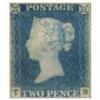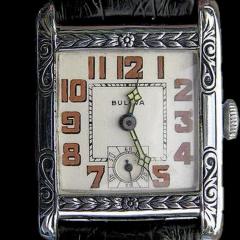main spring got loose
-
Recently Browsing
- No registered users viewing this page.
-
Topics
-
Posts
-
By LittleWatchShop · Posted
An update... I bought some 316 steel washers from McMaster Carr. For days I have been turning it to get to what you see in the image. it is not done, of course. the inside diameter of the top as shown is close. The washer is too thick, so I am gonna need to figure a way to make it thinner. Last week I had a long talk on the phone with @SwissSeiko and got some tips. He suggested Harbor Freight insertable carbide cutters. Wow, they work well. Miles to go before I sleep. Here is my setup -
Hello all. I've been working on a Citizen H145-S073545 radio controlled. There was a plastic gasket in between the case and case back. Putting it back together I used a press, witch I think was a mistake, because it cut the gasket open. I've been looking online for a replacement but not having much luck. I've tried a couple crysta gaskets but that didn't work. Any ideas of where to find these gaskets? Thanks all.
-
Yes I think blue thread locker would help you out here. You will lose the safety mechanism if the mainspring snaps, which risks damage to train wheel teeth. But your watch might run. You can maybe try inserting a hair inside the pinion and threading it on. That might give it just enough to grab hold without thread locker. Or a tiny piece of superfine copper wire, a strand from some stranded electronics wire.
-
This late '60's / early '70's Elgin compressor style watch gave me a few problems but was able to get it sorted in the end.
-
You mean you've lost the rotor bearing as it's all one piece? Photos would help.
-







Recommended Posts
Join the conversation
You can post now and register later. If you have an account, sign in now to post with your account.
Note: Your post will require moderator approval before it will be visible.